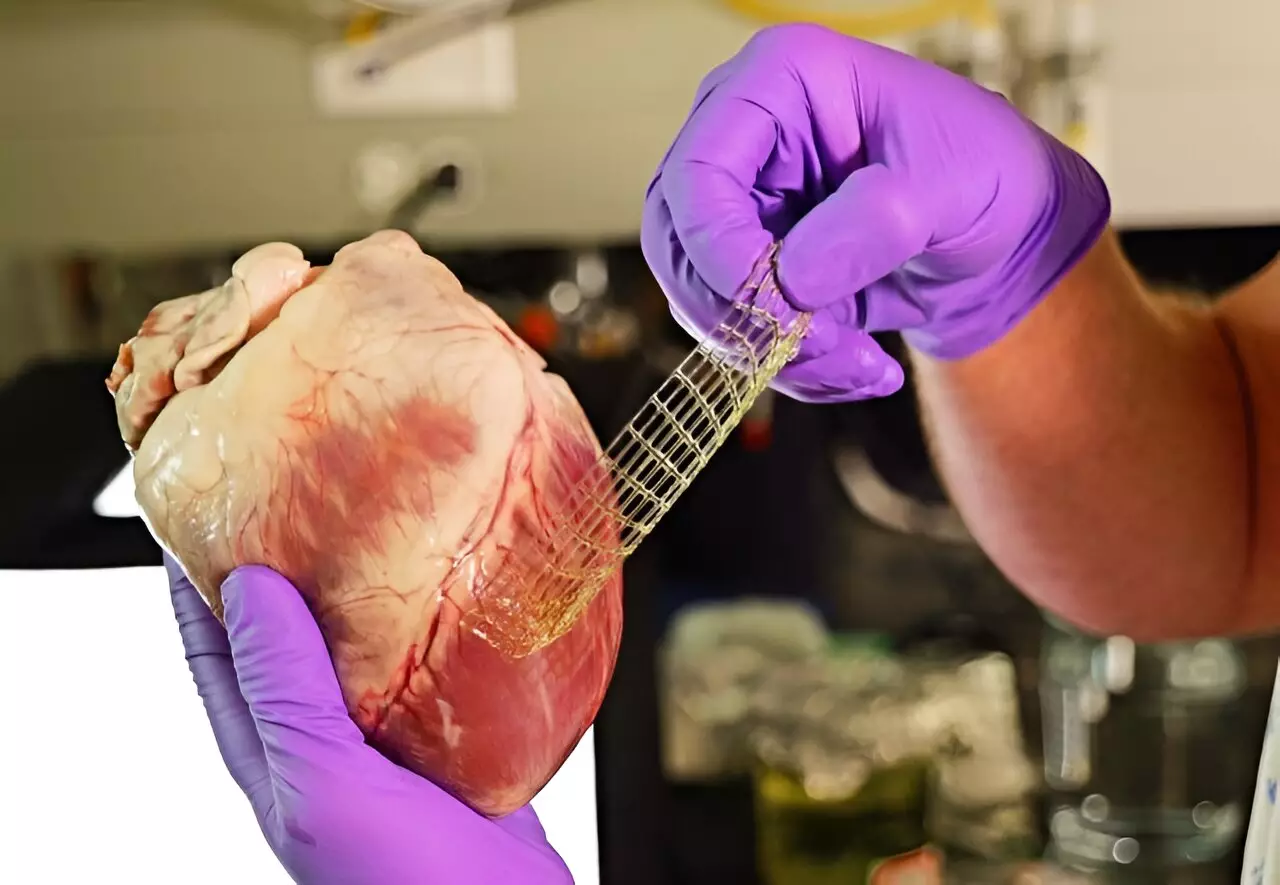In recent years, the medical field has seen phenomenal advances in techniques aimed at replicating human tissues for repairing or replacing injured body parts. One of the foremost challenges remains the reproduction of qualities inherent in real tissues—strength, elasticity, and varied shapes—that make them indispensable to human functionality. A pivotal study led by a team from the University of Colorado Boulder (CU Boulder) in collaboration with the University of Pennsylvania has made significant progress in addressing this challenge. Their findings, published in the leading journal *Science*, furnish a promising new avenue for the design and application of biomaterials, particularly through advanced 3D printing techniques that yield hydrogels with remarkable properties.
Synthetic materials have been utilized for medical purposes through traditional methods like molding and casting, which typically yield uniform implants. However, these methods fall short in catering to the individualized needs of patients, especially for those requiring specialized implants tailored to unique anatomical structures. The advent of 3D printing has substantially expanded the possibilities for biomaterials, allowing researchers to create complex three-dimensional objects that can better replicate the diverse characteristics of human tissues.
Hydrogels, which share similarities with the materials used in contact lenses, have been a focal point in the quest for artificial tissues and organs. However, past 3D-printed hydrogels have faced limitations, often exhibiting weaknesses such as brittleness or an inability to conform fluidly to the surrounding biomedical environment. The research conducted by the CU Boulder team suggests a paradigm shift, overcoming these limitations and enabling the production of hydrogels that are not only resilient but also capable of conducting much-needed adhesive functions when applied to wet biological surfaces.
The breakthroughs achieved by the research team were markedly inspired by natural phenomena, specifically the behavior of worms that tangle and untangle in various forms. This natural process offers insights into how entangled molecular structures can behave in ways that merge both liquid-like and solid-like properties. Their method, termed CLEAR (Continuous-curing after Light Exposure Aided by Redox initiation), takes advantage of these insights by embedding variables that promote entanglement among long molecular chains.
The result? A hydrogel that not only maintains integrity when subjected to pulling or compressive forces but also effectively adheres to biological structures. Remarkably, the enhanced toughness of this new hydrogel allows it to withstand even extreme pressures—so much so that one researcher was able to ride over a sample on a bicycle, and yet the hydrogel remained unbroken.
With designs drawn from biological systems, this research opens the door to transformative applications within the medical field. The ability to use strong, yet flexible materials could revolutionize how we approach heart repairs, cartilage restoration, and even drug delivery systems. For example, the hydrogels might be pivotal in healing heart tissues that have limited self-repair capabilities. The implications extend to developing internal bandages that can deliver targeted drug therapies directly and efficiently. Moreover, the prospect of using these hydrogels for sutures eliminates the associated trauma typically posed by traditional needle and thread methods.
Jason Burdick, a key researcher in this endeavor, envisions a future where personalized medical interventions are commonplace, enhancing recovery outcomes and overall patient well-being. “By developing new, more resilient materials to enhance that repair process, we can have a big impact on patients,” Burdick noted.
In addition to potential medical uses, the implications of this technology reach broader horizons within research and manufacturing contexts. The new printing method stands out as not just a technological novelty; it presents a more sustainable approach to 3D printing by reducing energy consumption during the curing processes. The research emphasizes an accessible methodology that can easily be replicated across various laboratories and enterprises aiming to optimize material performance.
Lead author Abhishek Dhand affirmed the importance of this research beyond the confines of medicine, underlining its applicability in many fields requiring improved mechanical properties. “It solves a big problem for 3D printing,” he stated, indicating the widespread implications of their findings.
Ultimately, the achievement of this CU Boulder-led team signifies not just a leap in biomaterials science but also a glimmer of hope for patients in need of innovative solutions for injuries and congenital defects. As research progresses and applications widen, the road ahead looks promising for enhanced therapeutic strategies and material production in the biomedical sector and beyond.


Leave a Reply